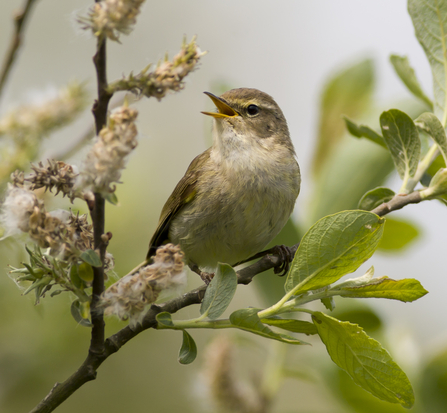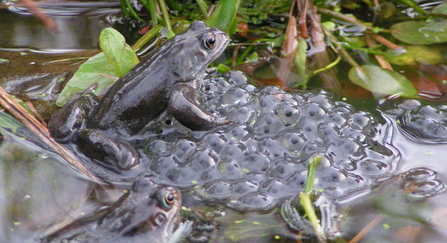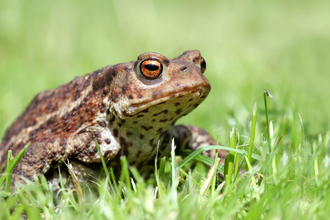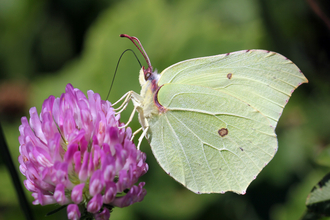After February’s brief flirtations with Spring, by March it really feels like the season has changed. In the first week of the month I’ve seen primroses, violets and dog’s mercury in flower, daffodils are cheering the gardens and verges, and blackthorn blossom is already dusting the occasional hedge with white. As the month progresses, Spring will really be ‘busting out all over’!
I’m really looking forward to the first spring migrants arriving in the garden.





